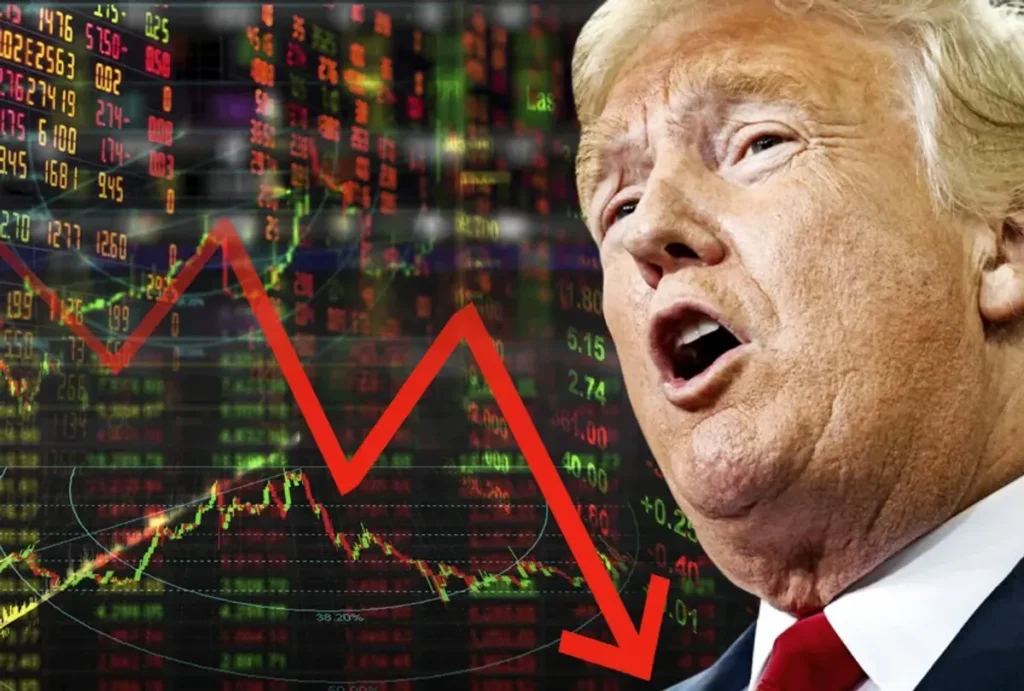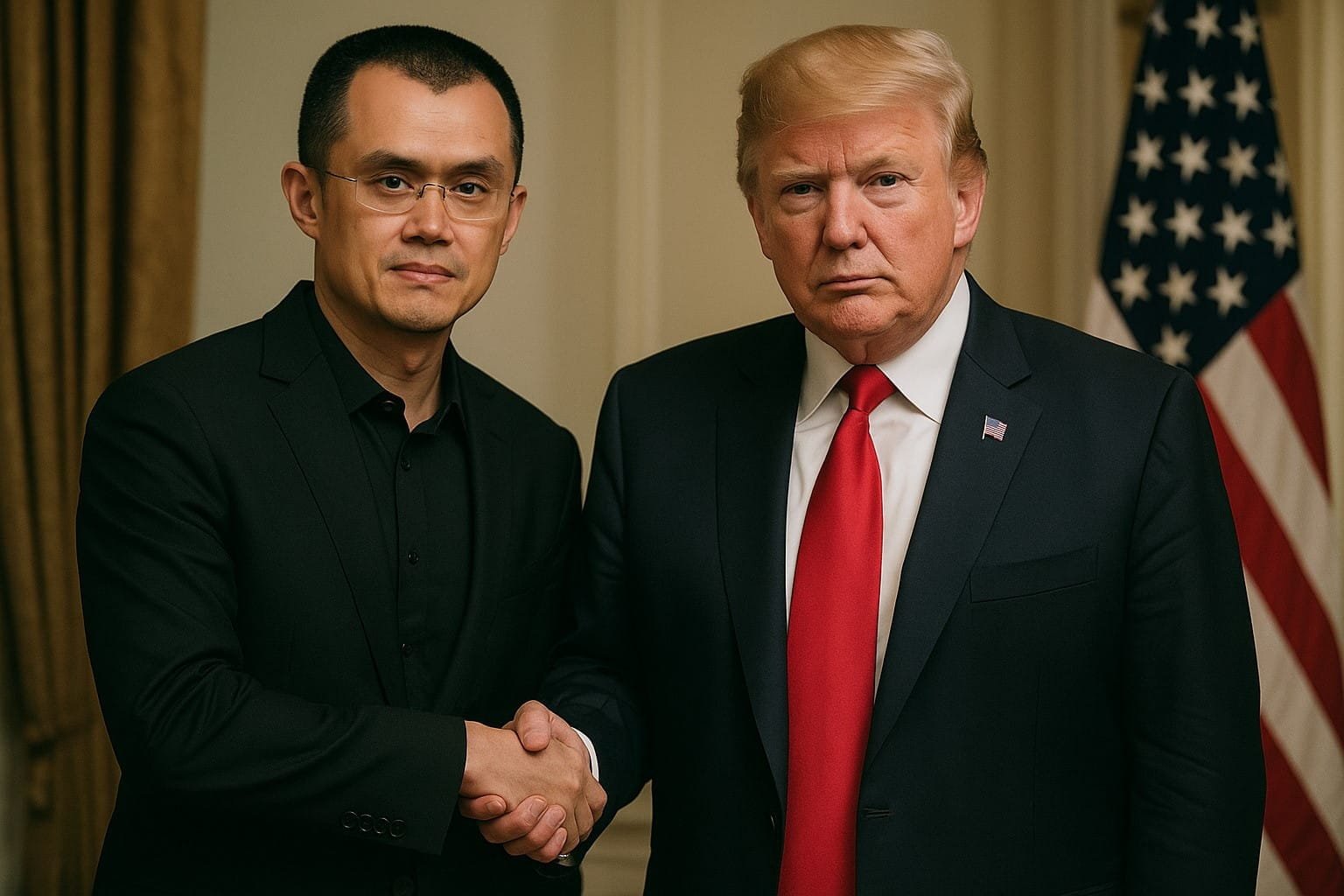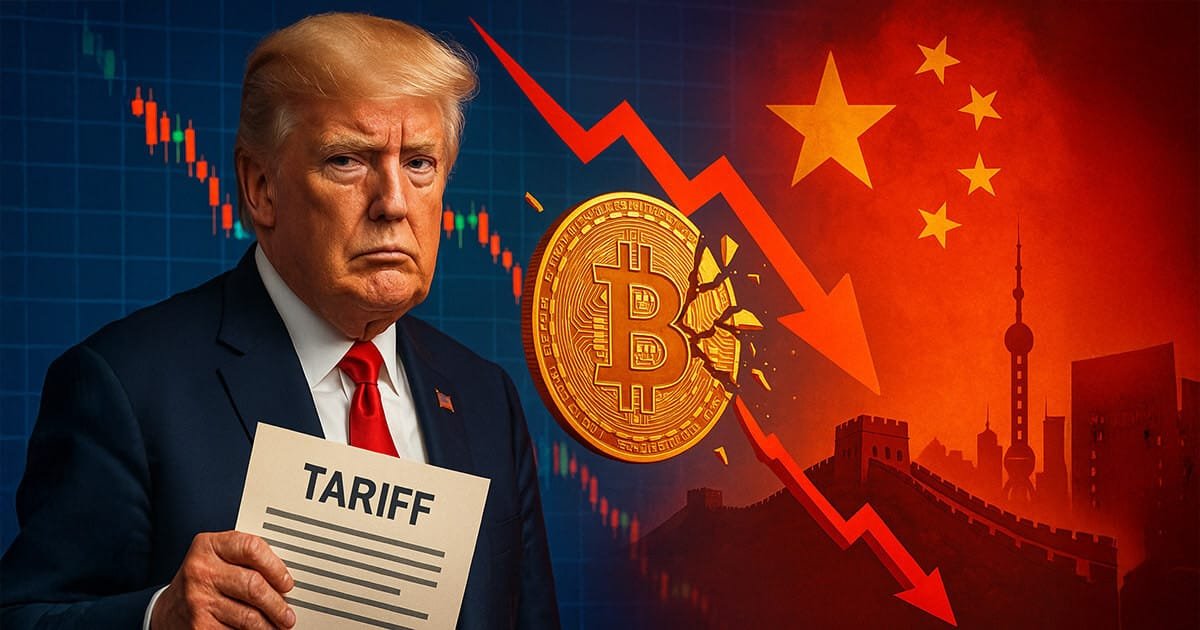On April 2, U.S. President Donald Trump imposed a sweeping set of tariffs, rattling global markets and igniting debate within the crypto community about their long-term implications.
At a high-profile White House event, Trump signed an executive order invoking emergency powers to impose reciprocal tariffs on all nations that tax U.S. goods, with a minimum starting rate of 10%.
The broader economic impact of these tariffs remains uncertain, further complicated by the administration’s unclear methodology for calculating the imposed rates.
Some analysts predict that crypto could benefit as investors look for alternatives to traditional markets, while others warn that the tariffs could drive up the cost of mining equipment, impacting profitability. Concerns about a potential recession are also mounting.
Market Meltdown: Bitcoin, Ether, and Stocks Take a Hit
The financial sector was immediately thrown into turmoil following the tariff announcement, and the crypto market was no exception.
Bitcoin (BTC), which had nearly reached $88,500, dropped 2.6% to around $83,000. Ether (ETH) slipped from $1,934 to $1,797, while the total crypto market capitalization declined 5.3% to $2.7 trillion.
Despite the volatility, some traders remain unfazed. Analyst Michaël van de Poppe suggested that the situation might not be as dire as many anticipate, arguing that uncertainty is now reduced, and markets could rebound.
Arthur Hayes, founder of BitMEX, warned that while the tariffs could shrink the trade deficit, they might also weaken demand for U.S. Treasuries, forcing the Federal Reserve to step in and stabilize the financial system.
“The Fed and the banking system will need to act to ensure the Treasury market functions properly, which means more money printing,” he said.
Tariffs Put Crypto Miners in a Tough Spot
For American crypto miners, the new tariffs pose a significant challenge by increasing the costs of mining rigs and other imported equipment, most of which comes from Asia.
Mitchell Askew, an analyst at Blockware Solutions, emphasized the impact: “Tariffs have HUGE consequences for Bitcoin miners. Offshore supply will tighten, and onshore demand will skyrocket. If this aligns with a BTC bull run, ASIC [mining rig] prices could surge 5-10x like in 2021.”
Mason Jappa, Blockware’s CEO, echoed the sentiment, pointing out that the majority of mining servers imported to the U.S. originate from Southeast Asia. He noted that any rigs already in the country would see an increase in value.
Meanwhile, some mining firms are scrambling to secure equipment before the tariffs take effect. Luxor Technology’s hardware head, Lauren Lin, revealed that her team is exploring every possible avenue to expedite shipments. “If necessary, we’ll even charter flights to get the machines out,” she told Bloomberg.
Doubtful Math, Unusual Choices, and a Growing Recession Risk
The tariff breakdown displayed during the White House event has raised eyebrows, with many questioning how the rates were determined.
James Surowiecki, editor at Yale Review, claimed that instead of factoring in existing tariff structures, the administration appears to have simply divided the U.S. trade deficit with each country by that country’s exports to the U.S.
“This is complete nonsense,” he remarked.
Adding to the skepticism, some speculate that the list of targeted nations was generated using artificial intelligence. NFT investor DCinvestor reported that he replicated the tariff list using ChatGPT, fueling speculation that the administration relied on AI for trade policy decisions.
Even more baffling was the inclusion of the Heard and McDonald Islands—one of the most remote and uninhabited places on Earth—on the list of nations subject to tariffs. The islands, located near Antarctica, have no economy and conduct no trade with the U.S.
These inconsistencies have led critics to question the economic rationale behind the tariffs. Nigel Green, CEO of global financial advisory firm deVere Group, accused Trump of pushing an economically reckless agenda.
“He’s dismantling the post-war economic system that made the U.S. and the world wealthier—and he’s doing it with reckless confidence,” Green stated.
Investor Adam Cochrane pointed out that tariffs can work in countries that have domestic industries capable of replacing imports, but the U.S. lacks the infrastructure, labor, and raw materials needed to offset these new costs.
Before the tariff announcement, Goldman Sachs estimated the likelihood of a U.S. recession at 35%. Following Trump’s executive order, betting markets on Kalshi pushed that figure beyond 50%.
For his part, Trump remains confident that the tariffs will bolster the American economy. He claimed that the Great Depression of the 1930s could have been avoided if higher tariffs had been maintained.
However, history suggests otherwise—the Smoot-Hawley Tariff Act, which raised U.S. tariffs during the Depression, is widely seen as a policy blunder that deepened the economic crisis rather than alleviating it.
For more news, find me on Twitter Giannis Andreou and subscribe to My channels Youtube and Rumble
What is your opinion on this particular topic? Leave us your comment below! We are always interested in your opinion!









